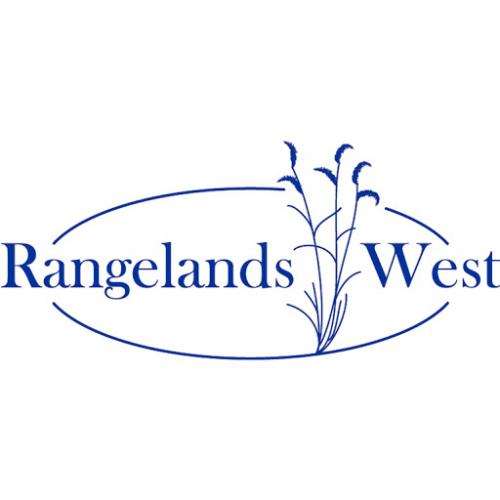The proposed action is to suppress grasshopper outbreaks on federally managed rangeland in Southeast Idaho.  Populations of grasshoppers occur in some areas nearly every year in Southeast Idaho.  The Animal and Plant Health Inspection Service (APHIS) regularly evaluates the population levels and locations of outbreak infestations.  This evaluation helps to determine if site-specific action is necessary to suppress outbreaks, to protect rangeland ecosystems, to counter the potential for the grasshoppers to spread across rangelands or into surrounding crops and communities. APHIS is proposing a program to suppress outbreak populations, and is consulting with land management agencies and others in the design and implementation of the program. Specifically, APHIS is consulting with Bureau of Land Management (BLM), U.S. Forest Service (FS) and the State of Idaho, Department of Agriculture (ISDA).  This Environmental Assessment (EA) analyzes potential environmental consequences of the proposed action and its alternatives.  This EA applies to a proposed suppression program that would take place from May 1, 2010 through August 31, 2010 in Southeast Idaho. Populations of grasshoppers that trigger the need for a suppression program are considered on a case-by-case basis.  There is no specific grasshopper population level that triggers APHIS participation.  The density of eight grasshoppers per square yard is used as the minimum population for which a suppression program may be considered.  However in many cases, populations of much greater than eight grasshoppers per square yard may not justify a suppression program.  In response to requests from land owners/managers, APHIS would determine if an outbreak has reached an economically or environmentally critical level.  If so determined, an appropriate treatment plan would be developed, taking into account additional site specific information. Participation would be based on potential destruction of crops adjacent to rangeland.  Participation would also be based on benefits of treatments including protection of crops adjacent to rangelands.  Some populations may not cause substantial damage to native rangeland yet may require suppression to prevent damage to high economic value crops on adjacent private land.  The goal of the proposed suppression program analyzed in this EA would be to reduce grasshopper outbreak population levels in order to protect private cropland adjacent to rangeland.Â

Articles, citations, reports, websites, and multimedia resources focused on rangeland ecology, management, restoration, and other issues on American rangelands.